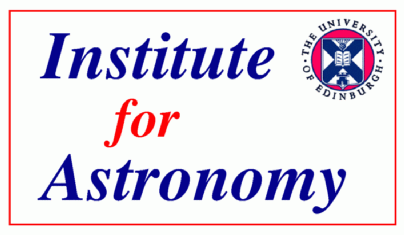

Related Links:The MODEST Project |
BackgroundStar
cluster simulations
In Edinburgh we focus on
simulating star clusters by two methods which simultaneously deal with
the dynamics and the stellar evolution. The first method is
referred to as the direct summation method,
in which the gravitational forces are computed from Newton's law of
gravity. This is extremely time consuming, and we use
special-purpose hardware (called GRAPE), which does nothing but compute
gravitational forces, but does it with far greater efficiency than a
general-purpose computer. The second method is a Monte Carlo
method, which treats the dynamics on the basis of the approximate (but
accurate) theory of relaxation. Roughly
speaking, what this means is that the star cluster is treated like a
gas, in which the stars are the atoms. This is a much faster
method than direct summation, which is too slow to deal with globular
star clusters. At Edinburgh we are applying these methods to study the
origin of blue stragglers stars in the globular star cluster M4, and
other clusters.
|